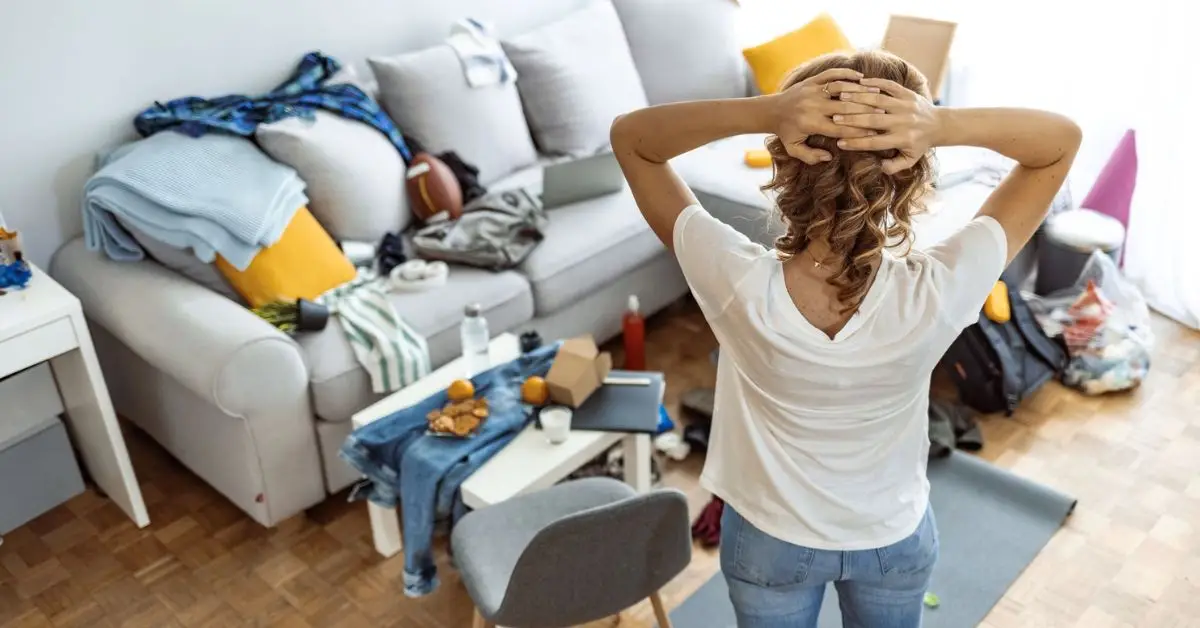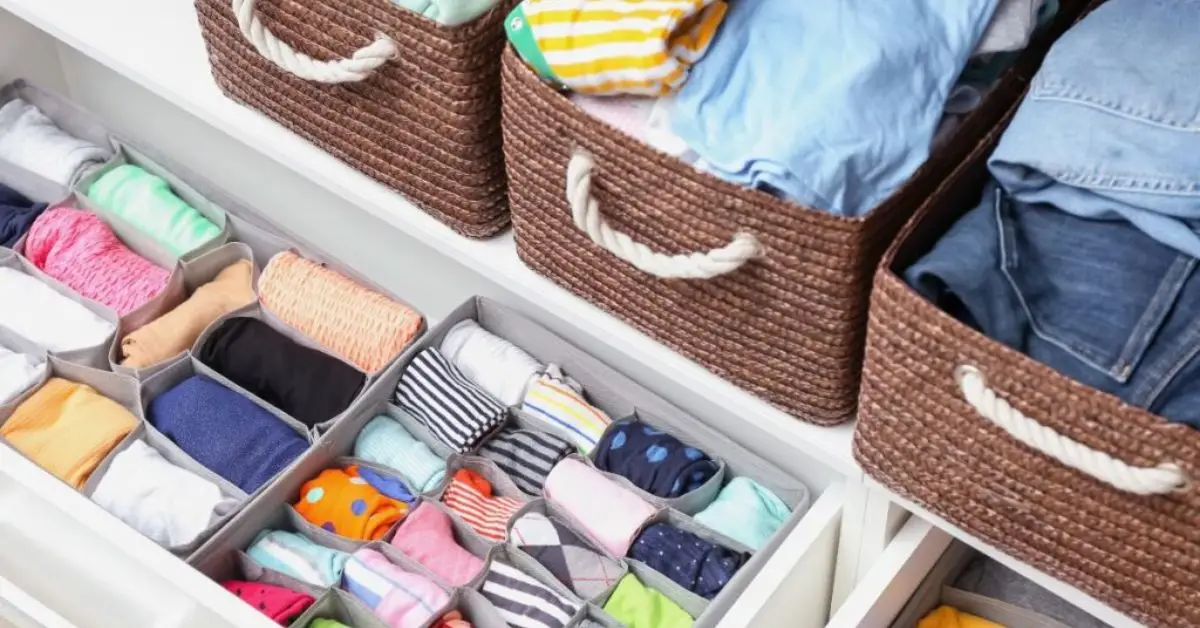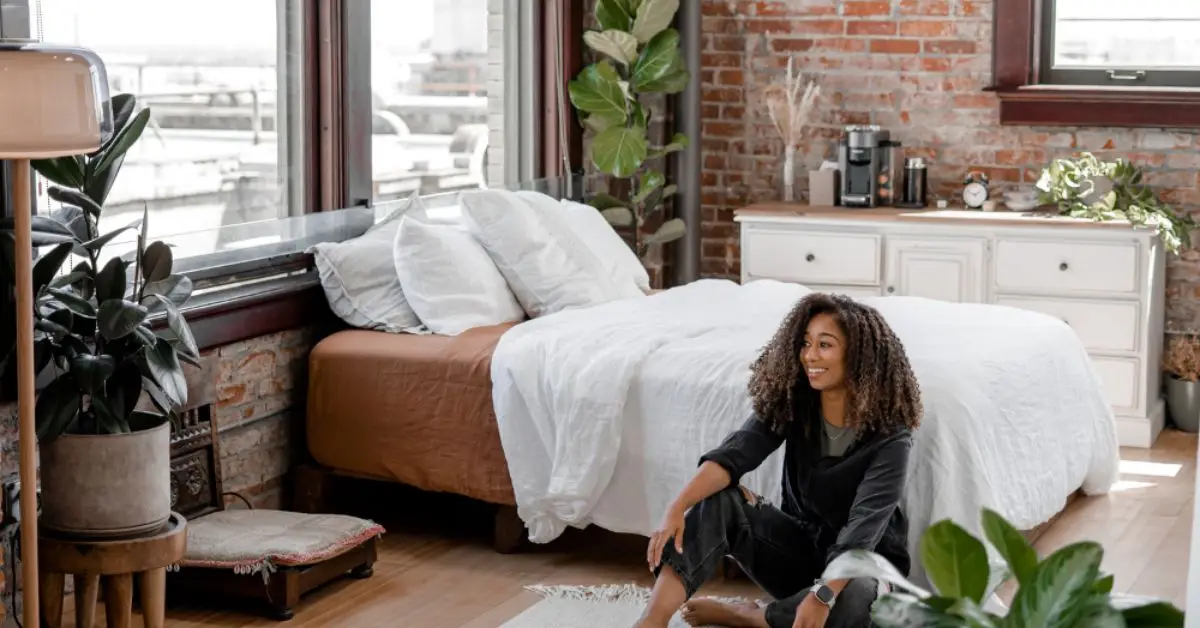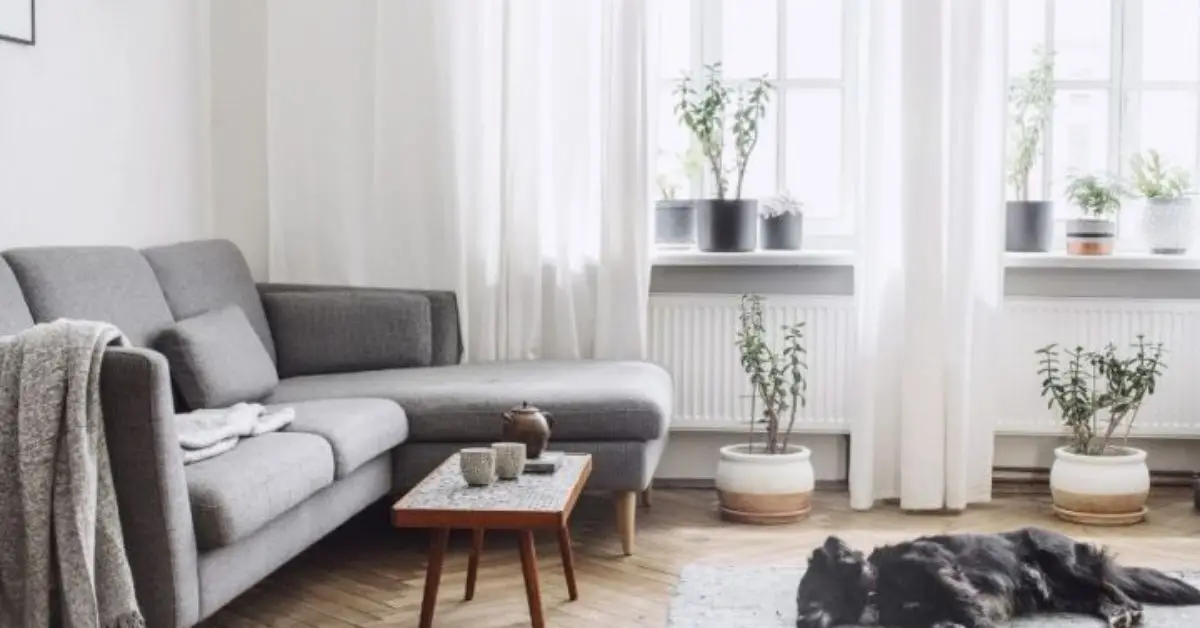8 Expert-Backed Decluttering Tips from Professional Organizers You Can’t Miss
If you’ve ever looked around your home and thought, “Where did all this stuff come from?”—you’re not the only one.
Clutter doesn’t just take up space. It slowly chips away at your focus, your peace of mind, and sometimes even your energy to deal with the day. Most of us aren’t lazy or disorganized—we’re just overwhelmed. Life moves fast, and stuff piles up even faster.
The good news? Decluttering doesn’t have to be complicated. You don’t need to throw everything away or spend hours each day tidying. What you need is a plan that actually works. And that’s exactly what I’m sharing here—real tips from real professional organizers who’ve helped thousands of people just like you.
These aren’t one-size-fits-all hacks. They’re habits, mindset shifts, and tiny changes that can reset your space—and your head—without burning you out.
Let’s get into it.
Before we start, take a moment: What’s the one corner or closet in your home that stresses you out the most?
1. Stop Organizing What You Should Be Letting Go Of
One of the biggest mistakes I see people make? Trying to organize things they don’t even need in the first place.
Before you start buying bins, making labels, or rearranging shelves, ask yourself: “Do I even want this item in my life anymore?” Most clutter isn’t about lack of storage—it’s about delayed decisions.
Professional organizers often say that organizing comes after decluttering. If you skip that step, you’re just moving clutter from one place to another. That junk drawer will still haunt you—just in a neater container.
Try this: Next time you feel the urge to organize, pause. Pick 10 things in the space and ask: Would I buy this again today? If the answer is no, let it go.
This mindset helps you stop managing things you don’t even value. It shifts your energy from tidying to truly letting go.
2. Use the “Clutter-Blindness” Test
Sometimes, the mess isn’t even visible to you anymore. That’s what expert organizers call clutter blindness—when your brain starts tuning out the piles, stacks, and overflowing shelves because they’ve been there so long.

I get it. You stop noticing that pile on the chair or the basket under the sink. But just because your brain adapts doesn’t mean your stress levels do. In fact, subtle clutter can quietly raise your anxiety and lower your focus.
Most people don’t realize how much “background clutter” is wearing them down until they remove it. It’s not about being minimalist—it’s about being intentional.
Here’s a great breakdown on clutter blindness in real homes if you want to see how the pros identify and fix it.
Try this:: Take a photo of one room in your house. Then look at it as if it were someone else’s space. You’ll see problem areas instantly that your brain usually filters out.
This helps you spot what’s no longer serving you. You can’t fix what you’ve stopped seeing.
3. Declutter in Micro-Zones, Not Whole Rooms
Ever tried to “clean the entire kitchen” and gave up halfway through? That’s because most decluttering plans are too vague and too big.
Professional organizers don’t work room by room. They go zone by zone—one drawer, one shelf, one basket at a time. Why? Because momentum matters more than size. Small wins stack up fast.
Instead of saying “I’ll declutter the bedroom,” say “I’ll sort my nightstand today.” That’s doable. That’s progress.
One expert method is the 15-minute zone rule, where you set a timer and focus on just one mini-space until the buzzer goes off. If you want more detailed, room-by-room hacks to declutter quickly and effectively, check out these 6 easy room-by-room decluttering hacks that really work. This method reduces stress and helps you build consistency without burnout.
Read how to declutter your home in just 15 minutes a day — it’s organizer-approved and super actionable.
Try this: Pick one tiny space you’ve ignored—like your junk drawer, bathroom shelf, or desk tray. Set a timer for 10–15 minutes. Done is better than perfect. This makes decluttering feel less like a chore and more like a daily habit. It lowers resistance and builds momentum.
4. Use the “Container Rule” to Control Overflow
Here’s something that completely changed how I think about space: containers aren’t for holding more—they’re for setting limits.
Professional organizers swear by the Container Rule, popularized by Dana K. White. The idea is simple: a container (drawer, shelf, basket) defines how much of something you’re allowed to keep. Once it’s full, something has to go.

It flips the usual mindset. Instead of asking, “Where can I put this?”, you start asking, “What deserves space in this container?”
This applies to everything—makeup bags, Tupperware drawers, bookshelves, sock bins. You don’t need more space. You need better boundaries.
Try this: Pick a container (like a bin of cables or a kitchen drawer). Only keep what comfortably fits. If something doesn’t belong, it goes.
This trains your brain to think in limits, not “just in case” logic. It makes decluttering faster, and helps prevent future build-up.
5. Make “Maybe” Boxes Your Best Friend
Deciding what to keep or toss can be exhausting—and sometimes, you just don’t know in the moment. That’s why many professional organizers recommend a simple trick: the “Maybe Box.”
Instead of agonizing over every single item, put anything you’re unsure about into a box. Seal it, mark the date on it, and tuck it away for 30 days. If you’re curious about creative decluttering methods beyond the usual tips, these 7 unusual decluttering tips inspired by Reddit can offer fresh ideas to change your space.
If you don’t miss or need anything from that box during this time, it’s a clear sign you can let it go without regret.
This technique takes the pressure off immediate decisions and helps you trust your instincts over time.
Try this: Find a sturdy box or bin. When in doubt, toss the item in. Set a reminder on your phone to check back in 30 days. If unopened, donate or recycle the box’s contents.
It’s a gentle way to overcome emotional attachment and avoid decision fatigue, making decluttering less stressful and more manageable.
6. Digitally Declutter for Real Mental Space
Clutter isn’t just physical—it sneaks into our phones, computers, and email inboxes, too.
Professional organizers emphasize that digital clutter can cause just as much stress as piles of stuff in your home. Unread emails, thousands of photos, apps you never use—they silently weigh on your brain.

Clearing digital clutter helps you feel more in control, reduces distractions, and creates space for focus.
Try this: Pick one digital “zone” — like your email inbox, photo gallery, or desktop files. Set a timer for 15 minutes and delete or archive what you don’t need. Unsubscribe from emails that don’t add value.
A cleaner digital space frees mental energy. It’s decluttering your life, not just your home.
7. Build Daily Decluttering Habits That Stick
Decluttering isn’t a one-time event. It’s a habit—a way of living that keeps your space and mind clear long-term.
Professional organizers stress the power of tiny daily actions: putting things away immediately, handling mail right when it arrives, or spending just 5 minutes each evening tidying one small area.
The goal isn’t perfection, but progress. These small wins add up and make future decluttering sessions easier and less overwhelming.
Try this: Choose one simple daily habit—like clearing your kitchen counters before bed or sorting mail as soon as you get it. Stick to it for a week and notice how much easier your space feels.
Small daily habits create lasting change. They prevent clutter from sneaking back and keep your home feeling peaceful.
8. Celebrate Progress, Not Perfection
One of the biggest reasons people give up decluttering is the pressure to do it perfectly or all at once. But that’s not how real life works.

Professional organizers remind us: any progress is good progress. Every item you donate, every drawer you clear, every small corner you reclaim is a win worth celebrating.
Recognize that decluttering is a journey—not a race. When you celebrate your milestones, no matter how small, you build motivation to keep going.
Try this: After a decluttering session, treat yourself—whether it’s a favorite snack, a break with a book, or sharing your wins with a friend. Keep a visual tracker or journal to see how far you’ve come.
Celebrating progress keeps your mindset positive and your motivation high. It turns decluttering from a dreaded chore into an empowering habit.
Bonus: How to Maintain Decluttered Spaces Long-Term
Let’s be honest—getting your space decluttered feels amazing, but the real challenge is keeping it that way.
Professional organizers emphasize creating simple, lasting systems instead of relying on occasional deep cleans or purges. Here are a few pro tips that help maintain order without stress:
- Drop zones in high-traffic areas: Designate spots near entrances for keys, bags, mail, and shoes. This keeps everyday clutter contained and easy to manage.
- One-touch return habit: Handle items only once—when you pick something up, put it back immediately after use instead of letting it wander.
- Seasonal resets: Plan quarterly or seasonal mini declutters to refresh your space. For those tricky spaces like the attic, here are 7 genius ways to declutter your attic this summer without losing your mind—perfect for seasonal resets and tackling forgotten zones. It’s less overwhelming than annual overhauls and keeps clutter from piling back up.
Your Decluttering Journey Starts Now
Decluttering isn’t about being perfect or emptying every shelf overnight. It’s about taking small, meaningful steps that add up to a clearer, calmer space—and mind.
The tips from professional organizers I’ve shared aren’t just theory. They’re tested, practical, and designed to fit into your busy life without stress.
So, what’s your first move going to be? Are you ready to try the “maybe box,” set a timer for 15 minutes, or create your own drop zone?
I’d love to hear what’s your biggest clutter challenge—and which tip you’re excited to try first. Drop a comment or share your story!
Remember, your home is your sanctuary. Let’s make it feel that way—together.
For more practical tips and expert advice on creating a home that feels fresh and organized, visit Build Like New. Let’s build your best space together!
Disclaimer: The information provided in this article is for general informational purposes only. While the tips are based on professional organizer advice and research, individual results may vary. Always consider your personal needs and circumstances before applying any decluttering methods. Build Like New is not responsible for any outcomes related to the use of this content.


